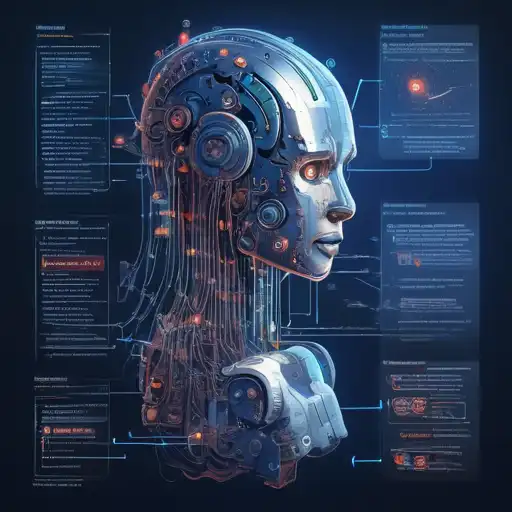Introduction to Machine Learning Algorithms
Machine learning algorithms are the backbone of artificial intelligence, enabling computers to learn from data and make decisions with minimal human intervention. For beginners, understanding these algorithms can seem daunting, but with the right approach, it's entirely achievable. This guide aims to demystify machine learning algorithms, making them accessible to everyone.
What Are Machine Learning Algorithms?
At their core, machine learning algorithms are mathematical models that allow computers to learn patterns from data. These algorithms can be broadly categorized into three types: supervised learning, unsupervised learning, and reinforcement learning. Each type serves different purposes and is suited to specific kinds of tasks.
Supervised Learning Algorithms
Supervised learning algorithms are trained using labeled data. This means that the input data comes with the correct answers, allowing the algorithm to learn by example. Common supervised learning algorithms include:
- Linear Regression
- Logistic Regression
- Decision Trees
- Support Vector Machines (SVM)
These algorithms are widely used in applications like spam detection and image recognition.
Unsupervised Learning Algorithms
Unsupervised learning algorithms, on the other hand, work with unlabeled data. They try to find hidden patterns or intrinsic structures in the input data. Examples include:
- K-Means Clustering
- Principal Component Analysis (PCA)
- Association Rules
These algorithms are useful in market basket analysis and customer segmentation.
Reinforcement Learning Algorithms
Reinforcement learning algorithms learn by interacting with their environment, using feedback from their own actions and experiences. Notable examples include:
- Q-Learning
- Deep Q Network (DQN)
Reinforcement learning is behind many advancements in robotics and game playing AI.
Choosing the Right Algorithm
Selecting the appropriate machine learning algorithm depends on several factors, including the nature of the problem, the size and quality of the data, and the desired outcome. Beginners should start with simpler algorithms and gradually move to more complex ones as they gain experience.
Practical Tips for Beginners
Here are some tips to get started with machine learning algorithms:
- Start with a clear problem statement.
- Choose the right type of algorithm based on your data.
- Preprocess your data to improve algorithm performance.
- Experiment with different algorithms to find the best fit.
Remember, mastering machine learning algorithms is a journey. With patience and practice, you can unlock the potential of AI to solve complex problems.
Conclusion
Machine learning algorithms are powerful tools that can transform data into actionable insights. For beginners, the key is to start simple, understand the basics, and gradually build up to more advanced concepts. By exploring different types of algorithms and applying them to real-world problems, you can develop a deep understanding of machine learning and its applications.
For further reading, check out our guides on Data Science Basics and AI for Beginners.
